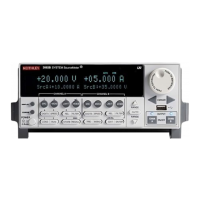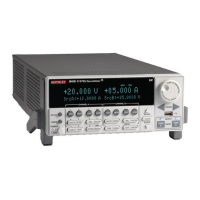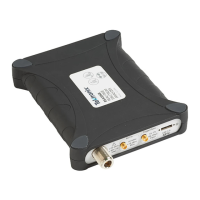Section 13: Calibration Model 2601B-PULSE System SourceMeter Instrument Reference Manual
13-12 2601B-PULSE-901-01A April 2020
9. Select the DMM volts function.
10. Set the 2601B-PULSE SMU to both source and measure current by pressing the SRC and then
the MEAS keys.
11. Make sure the source output is turned on.
12. Verify measure current accuracy for each of the currents listed using the values listed in the
following table. For each measurement:
▪ Select the correct source range.
▪ Set the 2601B-PULSE output current such that the digital multimeter reading is the value
indicated in the source current column of the table below. It may not be possible to set the
current source to get exactly the required reading on the digital multimeter. Use the closest
possible setting and modify the reading limits accordingly.
▪ If necessary, press the TRIG key to display readings.
▪ Verify that the 2601B-PULSE current reading is within the limits given in the table below.
Current measurement accuracy limits
Source and measure range
1
Current reading limits (1 year, 18° C to 28° C)
1. Measure range coupled to source range when simultaneously sourcing and measuring current.
2. As measured by precision digital multimeter. Use closest possible value, and modify reading limits
accordingly if necessary. See Measurement limit calculations (on page 13-4).
8. Calculate the current from the DMM voltage reading and characterized 0.5 Ω resistance value.
Voltage source accuracy
Follow the steps below to verify that the 2601B-PULSE output voltage accuracy is within specified
limits. To perform this test, you will set the output voltage to each full-range value and measure the
voltages with a precision digital multimeter.
To verify voltage source accuracy:
1. With the power off, connect the digital multimeter (DMM) to the 2601B-PULSE output terminals
using 4-wire connections, as shown in the following figure.
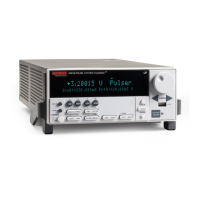
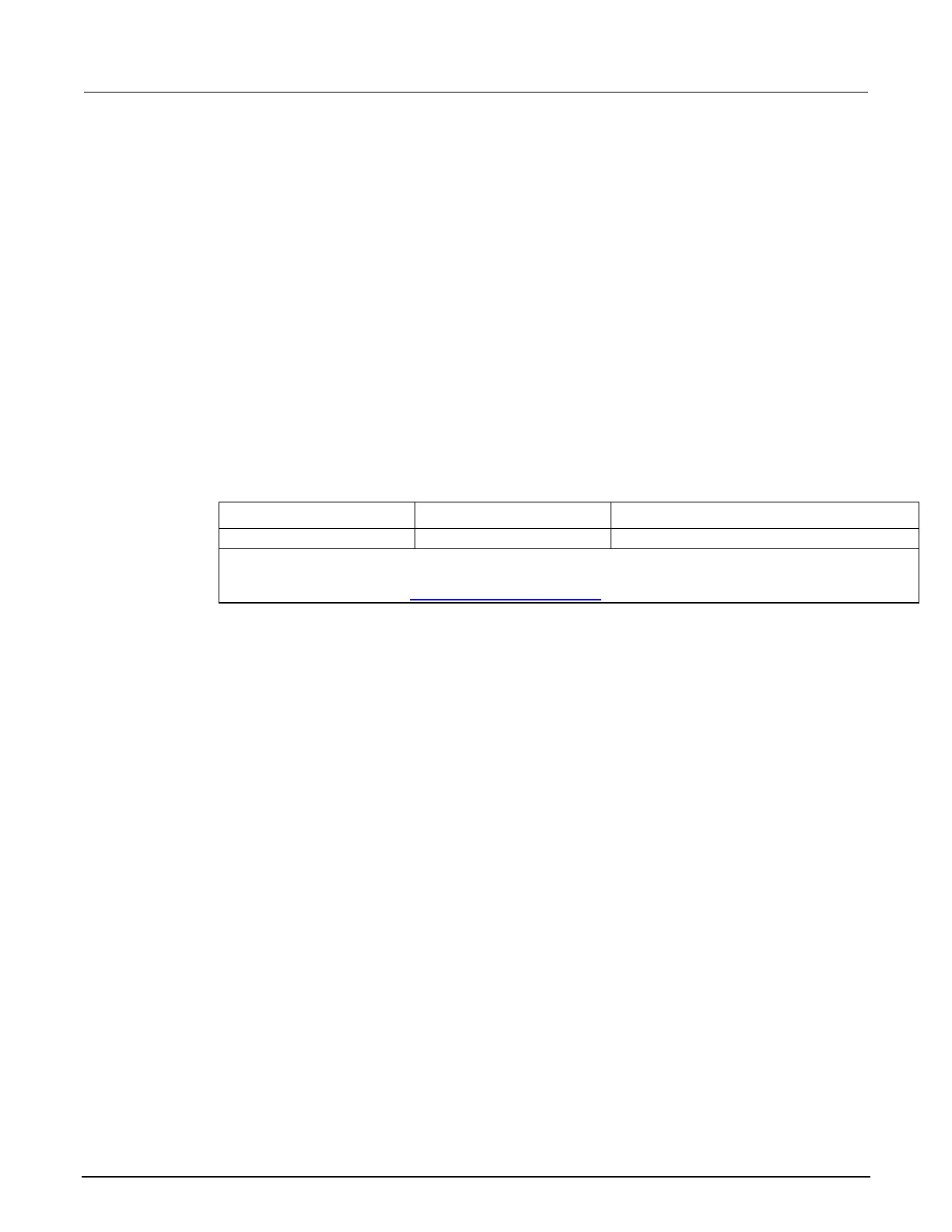